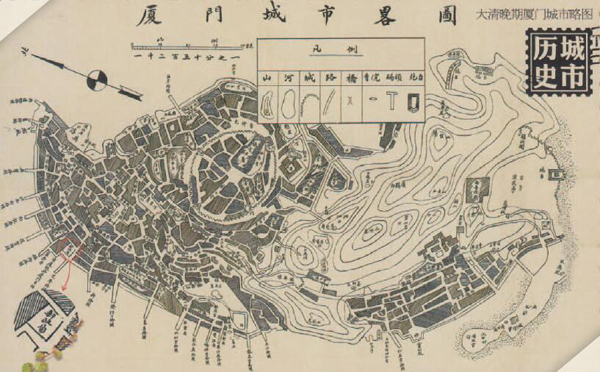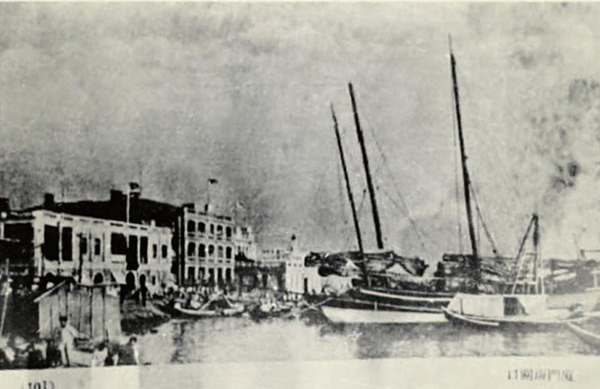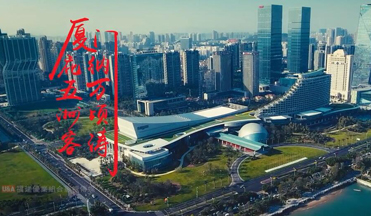History of Xiamen
chinadaily.com.cn| Updated: May 14,2019
About 2,000 years ago, the people of Fujian lived on Xiamen Island and in its surrounding areas.
Tongan county was set up in the 3rd year of Taikang of the Jin Dynasty (AD 282), the first administrative agency in history set up in Xiamen by the central government. After the governance of the Tang Dynasty, Five Dynasties, Song Dynasty and Yuan Dynasty, "Xiamen City" was created in the 20th year of Hongwu of the Ming Dynasty (1387), its name meaning the gate of the nation.
In the early Ming Dynasty, Zhou Dexing, the Duke of Jiangxia, ordered the build-up of Xiamen City to improve coastal defenses, thus marking the start of Xiamen's history. After the middle period of the Ming Dynasty, private maritime trade developed vigorously in Southeast China, and Xiamen evolved from a military base into a trade center. By the end of the Ming Dynasty, Zheng Chenggong, a loyalist, occupied Xiamen as a base to resist the Qing conquest until the Qing court put down Taiwan and designated Xiamen as an important hub for trade between Fujian and Taiwan, laying the foundations of a special relationship between the two sides.
It is said in the preface to The Annals of Xiamen, published in the Qing Dynasty, that "Xiamen is located at the intersection of Quanzhou and Zhangzhou cities, occupying an important military position against Taiwan and being the gate of Southeast China". From the historical perspective, Xiamen was the gate for coastal defense and resisting enemy ever since its establishment, only later becoming a gate for "connecting with foreign countries and enriching China", as promoted by Zheng Chenggong. Following that, it became the gate for imports and exports and for overseas Chinese to get in and out of China, truly living up to its name.

A city map of Xiamen in the late Qing Dynasty [Photo provided to chinadaily.com.cn]
As early as the Kangxi Era of the Qing Dynasty, the central government set up customs in Xiamen. In the past few hundred of years, Xiamen has gradually become one of the four main ports for China's foreign communication and trade. Until the middle of the 19th century, Xiamen was listed as a trading port where foreigners could conduct business and missionary activities.
In 1895, when Japan occupied Taiwan, Xiamen ceased to serve as the entrepot of Taiwan's foreign trade. However, due to the development of the colonial economy in Southeast Asia, the demand for labor increased substantially. Thus Xiamen became a labor output port and the gathering place of Fujian overseas Chinese, stimulating the urban development of Xiamen and making it a typical maritime Chinese city.
According to statistics, the population of Xiamen Island and Gulangyu Island reached 200,000 in 1949 and 490,000 by 1980; the permanent resident population reached 3.92 million at the end of 2016, representing an increase of more than 3 million in just sixty years. The small city of Xiamen has developed rapidly into a big city.

Xiamen Customs during the Qing Dynasty [Photo provided to chinadaily.com.cn]



 play
play